PROTECT YOUR DNA WITH QUANTUM TECHNOLOGY
Orgo-Life the new way to the future Advertising by AdpathwaySeasonal allergies can be a serious issue for gardeners, particularly during peak pollen times. This generally happens in spring, when plants come back to life, and again in late summer. Of course, those are times that we spend a significant portion of our time outdoors, and the two things don’t exactly mix well.
Many common landscape and garden plants release fine, wind-borne pollen. This travels through the air and causes allergic reactions in many people. Proximity can exacerbate symptoms like itchy eyes, sneezing, and congestion, making the allergy sufferer suffer more.
Weeding, pruning, and mowing all stir up allergens. Even soil disturbance can stir up other allergens like mold spores, which many people with allergies react to. Fortunately, there are ways to minimize your exposure. Choosing low-allergen, insect-pollinated plants is one, and omitting wind-pollinated plants is another.
You can wear a mask when gardening if your reactions are severe and difficult to control. But that can be uncomfortable. Gardening after rain and changing your clothes immediately after can also help. The most effective mitigation is simple: do not plant these species if you have allergies. Here are some of the common allergens you may have in your garden.


CobraHead Original Weeder & Cultivator
Field Guide to Urban Gardening

Field Guide to Urban Gardening
Wind-Pollinated Plants
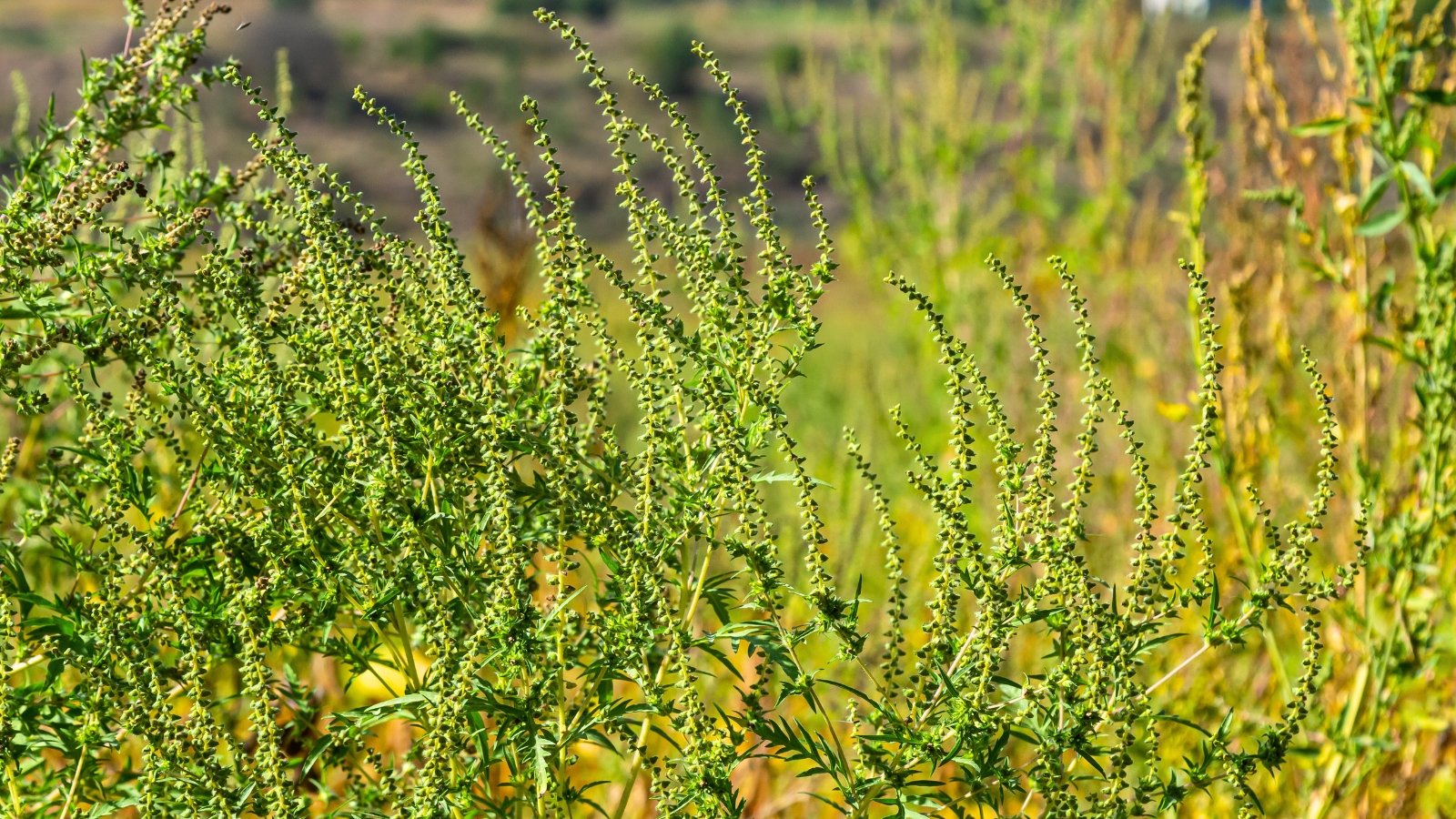 Most pollen comes from unnoticed plants with simple flowers.
Most pollen comes from unnoticed plants with simple flowers.Wind-pollinated plants are among the biggest culprits behind seasonal allergies. Their reproduction cycle depends on releasing large quantities of fine pollen into the air. This pollen travels on the wind to fertilize other plants of the same species. On its journey, much of it falls on us, and everything else in its path.
Insect-pollinated plants are different. They produce sticky pollen that clings to pollinators. If you’ve ever seen a bee wearing little yellow saddlebags, that’s pollen from this type of plant. Wind-pollinated plants are highly effective at reproduction, and also at triggering allergic reactions.
Many insect-pollinated plants, such as goldenrod, are often mistaken for the cause of these reactions. In fact, few people are allergic to goldenrod, but it blooms at the same time as a common allergen, ragweed. Because goldenrod is much more showy, it tends to take the fall for its less noticeable neighbor.
A significant amount of the pollen that plagues us comes from large trees. They release a substantial amount of pollen into the air, far more than most herbaceous plants. Trees like cedar, mulberry, ash, birch, oak, maple, pine, hickory, and walnut are all major pollen releasers.
Most wind-pollinated plants have inconspicuous flowers, so they go unnoticed and escape blame. The blame instead falls to those larger, brighter, and more fragrant flowers that are typically insect-pollinated.
A significant issue with allergies lies in the urban planning method of planting predominantly male, or pollen-releasing trees. Female trees often produce messy fruits and seed pods. They require more maintenance and can make a mess in some cases. As a result, there is a disproportionate amount of pollen in the air.
In many cases, it’s difficult to combat this issue; you can’t control what trees the city planner chooses. However, you can do things to control the amount of pollen released on your own property. If you have allergies, do not plant wind-pollinated plants and trees in favor of those that are insect-pollinated.
Some Grasses
 Some grasses quietly send pollen flying mid-morning daily.
Some grasses quietly send pollen flying mid-morning daily.It may come as a surprise that some common types of grass are a top trigger for allergy sufferers. This is for the same reason we discussed already, because they are wind-pollinated and produce a lot of airborne pollen. Some of the main culprits include:
- Bermudagrass (Cynodon dactylon)
- Kentucky bluegrass (Poa pratensis)
- Timothy grass (Phleum pratense)
- Orchard grass (Dactylis glomerata)
- Ryegrass (Lolium spp.)
- Fescues (Festuca spp.)
For most of these, the pollen count peaks from mid-morning to early afternoon. It’s most problematic for those with allergies on dry, windy days.
Replacing your lawn with an alternative like zoysia, sedge, or mondo is an effective way to combat this problem. However, that can be costly and time-consuming. It’s not the right option for every gardener, but it is better for those with allergies.
You can take other precautions if you can’t or don’t want to replace your lawn. Mow your grass before it sets seed heads to reduce pollen release. When you mow, wear eye protection and a mask, if needed. Make sure to change clothes and wash up after working with these grasses.
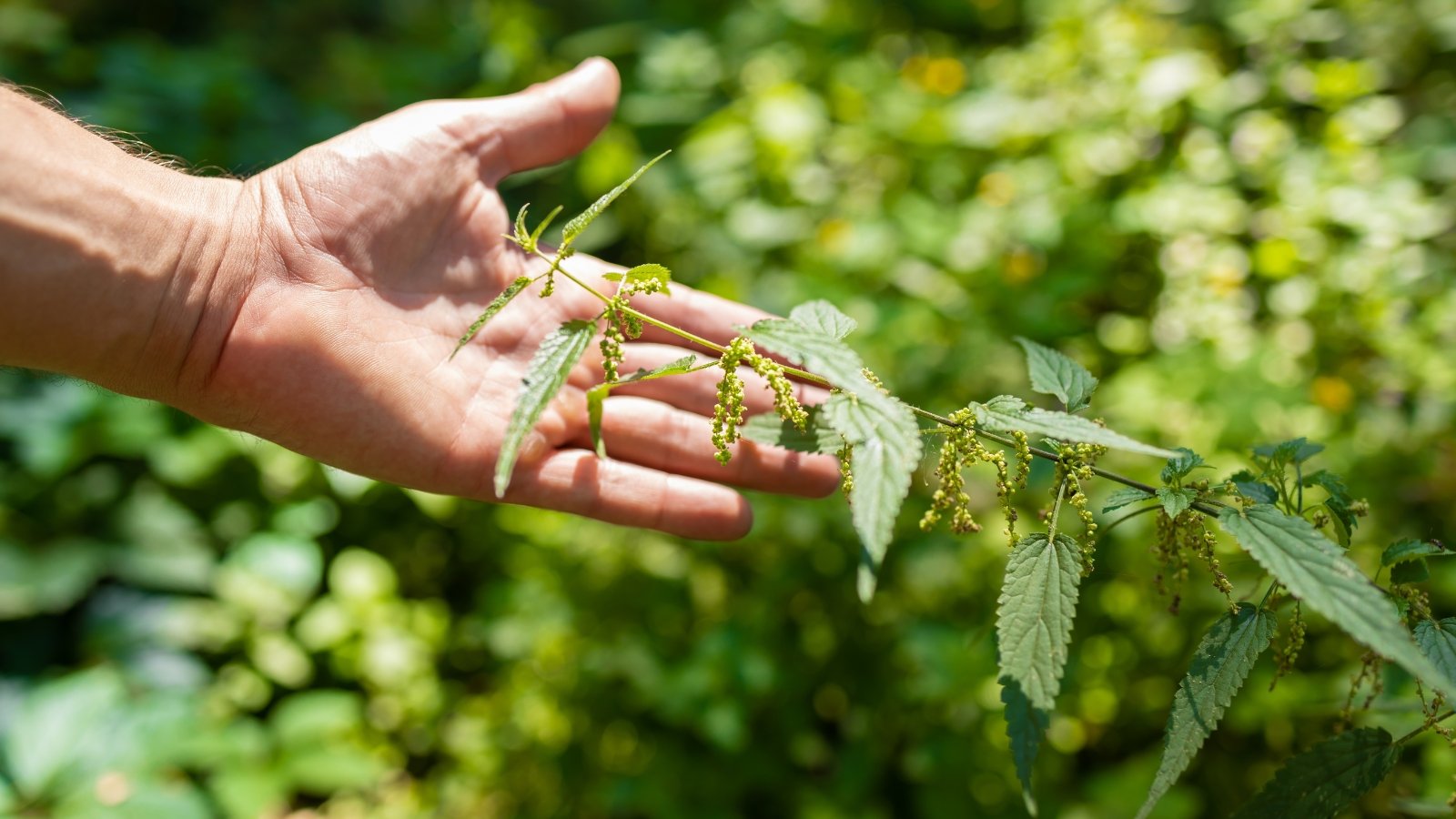 Washing hands quickly helps calm skin after plant contact.
Washing hands quickly helps calm skin after plant contact.Not all allergic reactions affect the mucous membranes. While airborne pollen can induce itchy eyes, sneezing, and other symptoms, there are also contact allergens. These are plants that can cause skin irritation, rashes, or contact dermatitis when you touch them.
The reactions to these are more localized and happen when your skin comes in contact with irritating plant chemicals. These can be sap, oils, thorns, or even fine hairs that release the plant toxins. Some of the more common culprits are:
- Poison ivy, oak, and sumac (Toxicodendron spp.)
- Stinging nettle (Urtica dioica)
- Giant hogweed (Heracleum mantegazzianum)
- Wild parsnip (Pastinaca sativa)
These are common weeds that we typically don’t leave in the garden because of allergic reactions. Be careful when you remove them. Make sure to wear gloves and change out of contaminated clothes right away after handling them.
Not all plants that affect contact allergies are notorious for that effect. In fact, some of our favorites may be on the list along with these nuisance plants. Among these are:
- Chrysanthemum (Chrysanthemum spp.)
- Tulips, hyacinths, and daffodils, among other bulbs
- Poinsettia and other related plants (Euphorbia spp.)
- Rue (Ruta graveolens)
- Fig (Ficus carica)
- Geranium (Pelargonium spp.)
- Yarrow (Achillea millefolium)
- Primroses (Primula spp.)
- Foxglove (Digitalis spp.)
You can usually work around the effects of these plants and avoid aggravating your allergies. Wearing gloves and long sleeves is a good way to protect your skin while gardening. Avoid touching your face while dealing with the offending plants. Wash your skin as soon as you finish with soap and water.
Make sure to clean your tools as well, as the oils can often remain here for a long time.
Spore and Mold Associated Plants
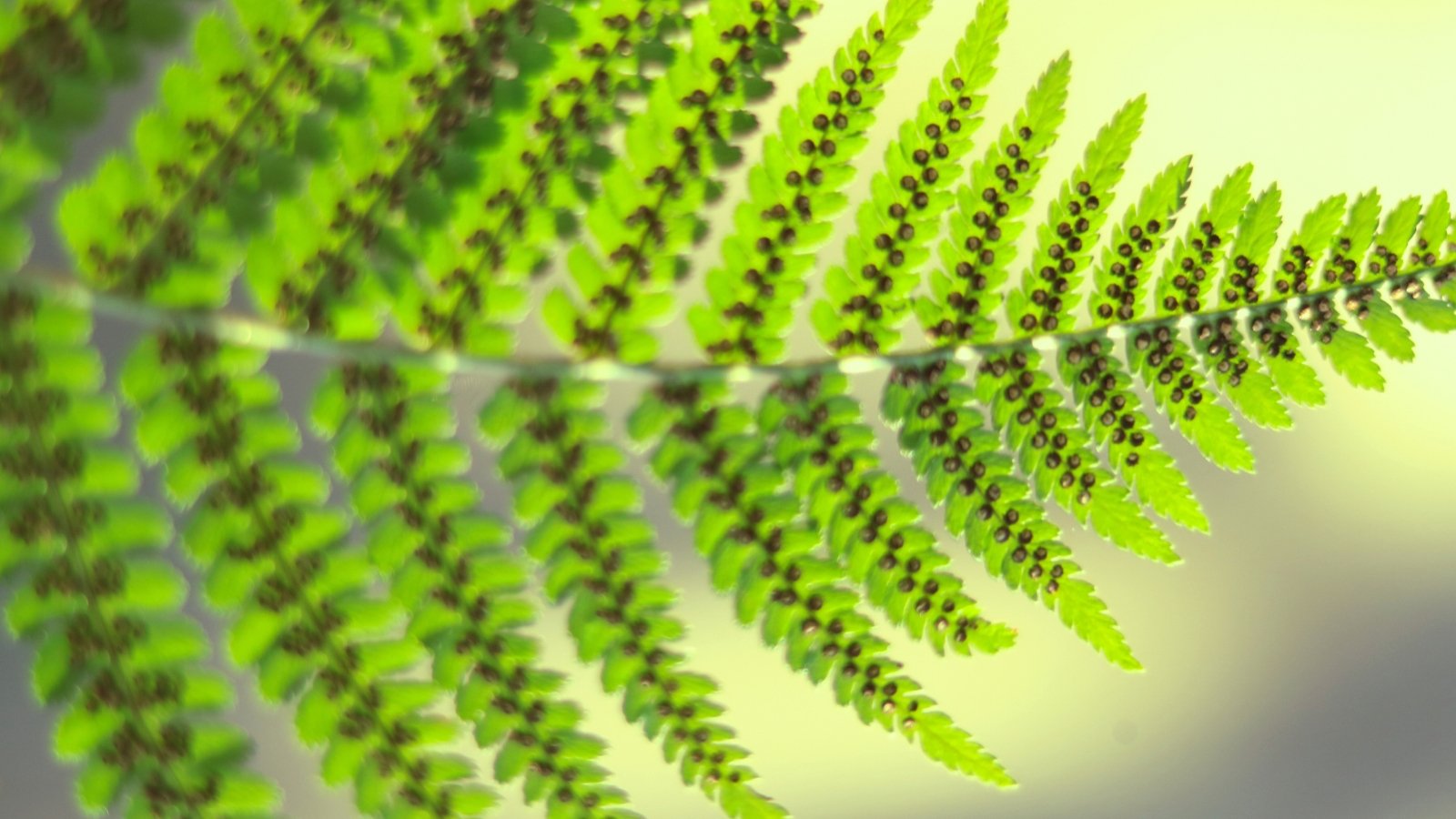 Spores release subtly, invisible but everywhere around.
Spores release subtly, invisible but everywhere around.This final category is both limited and expansive, depending on how you look at it. Many plants produce spores as a method of reproduction. When they ripen and release, you can inhale them, and they may aggravate your allergies. Some of these plants include:
- Ferns
- Mosses
- Liverworts
- Mushrooms and toadstools
- Clubmosses (Lycopodium spp.)
- Horsetails (Equisetum spp.)
Even more common than plants with spores, many plants and conditions are prone to mold or fungus. Those with persistent leaf drop or debris can harbor fungus beneath their layers. Trees with dense canopies can also be a cause of an increase in mold and mildew. Ornamentals with large leaves can also collect debris that molds in hot, humid weather.
Plants that have dense foliage or prefer damp conditions are another source of mold in the garden. Ground covers are particularly prone to trapping dampness, staying moist, and growing fungus.
Finally, there are plants that are particularly susceptible to powdery or downy mildew. While these molds aren’t necessarily common allergens, the spores can still irritate people with mold sensitivities. Some common hosts of powdery and downy mildew include:
- Lilacs, zinnias, phlox, bee balm, cosmos
- Melons, squash, cucumbers
- Roses

It would be a shame to omit these from your garden altogether, so it’s important to take mitigating actions. Make sure these plants get plenty of air circulation to keep the interiors dry. Water early in the day so that the water has an opportunity to dry before nightfall.
Always clean up debris after pruning, especially during rainy periods. Avoid overhead watering that deposits water on the foliage where it can pool. And finally, choose mold and mildew-resistant varieties for your garden.


 5 hours ago
3
5 hours ago
3
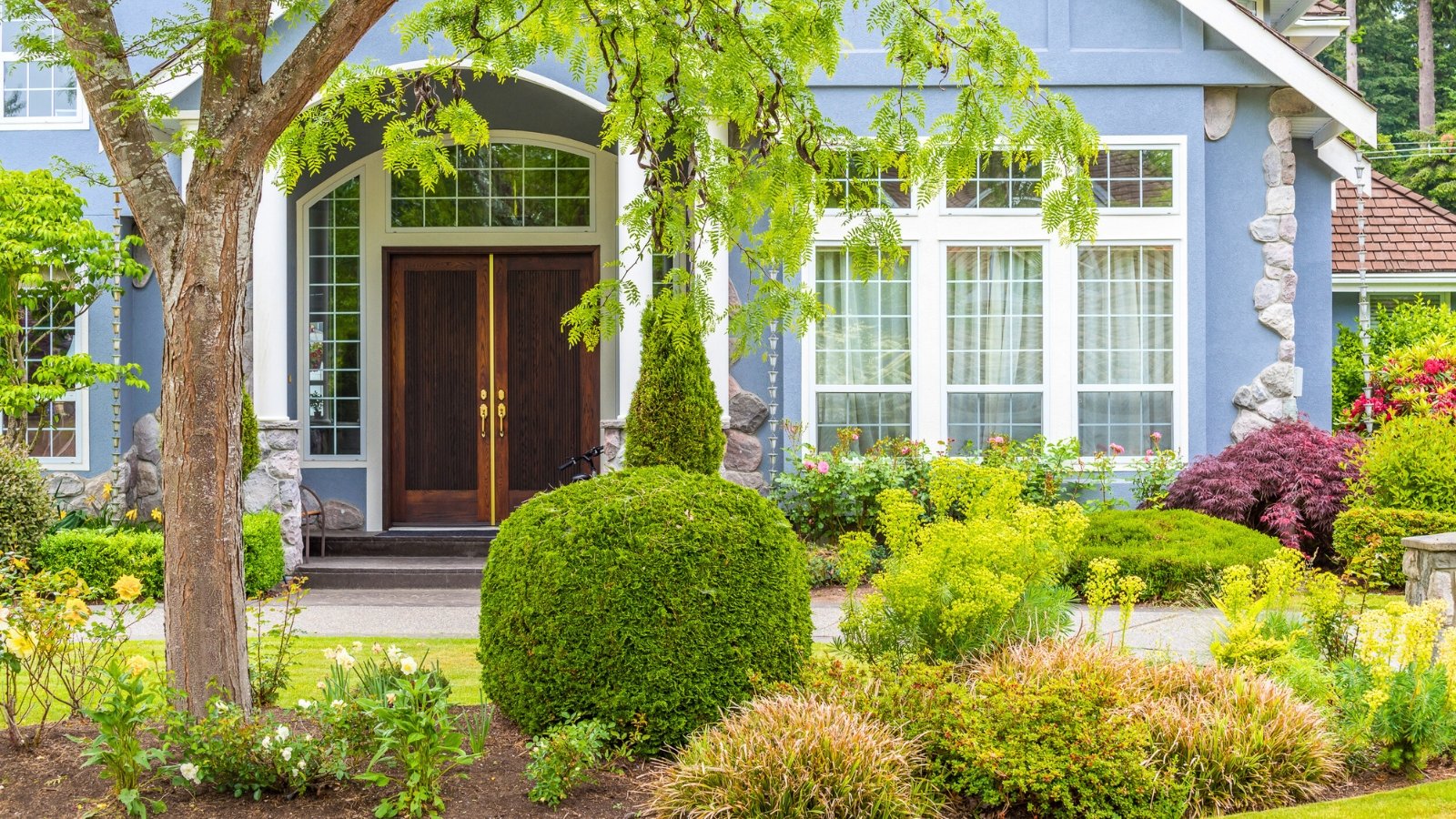
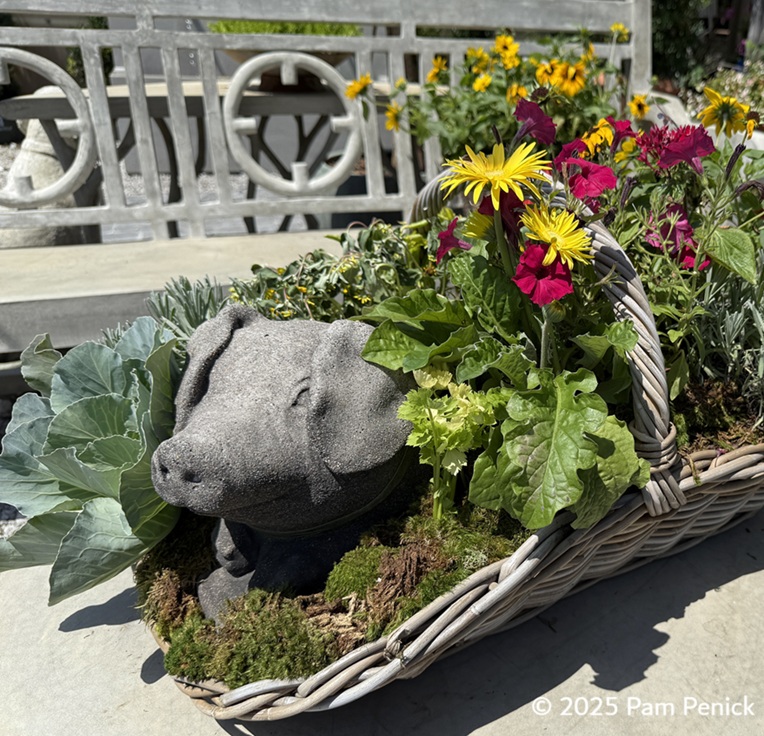



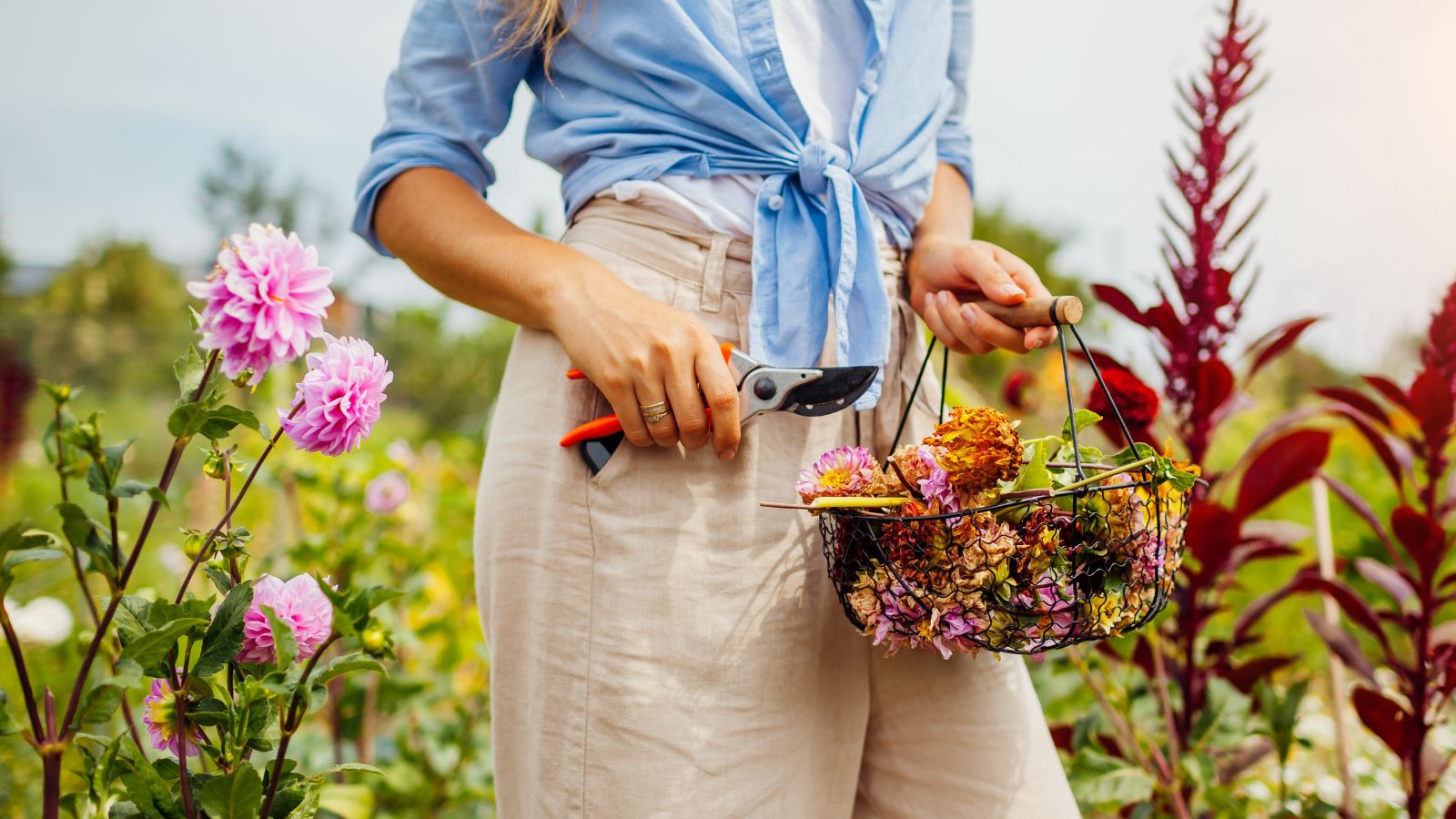















 English (US) ·
English (US) ·  French (CA) ·
French (CA) ·